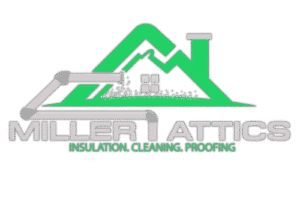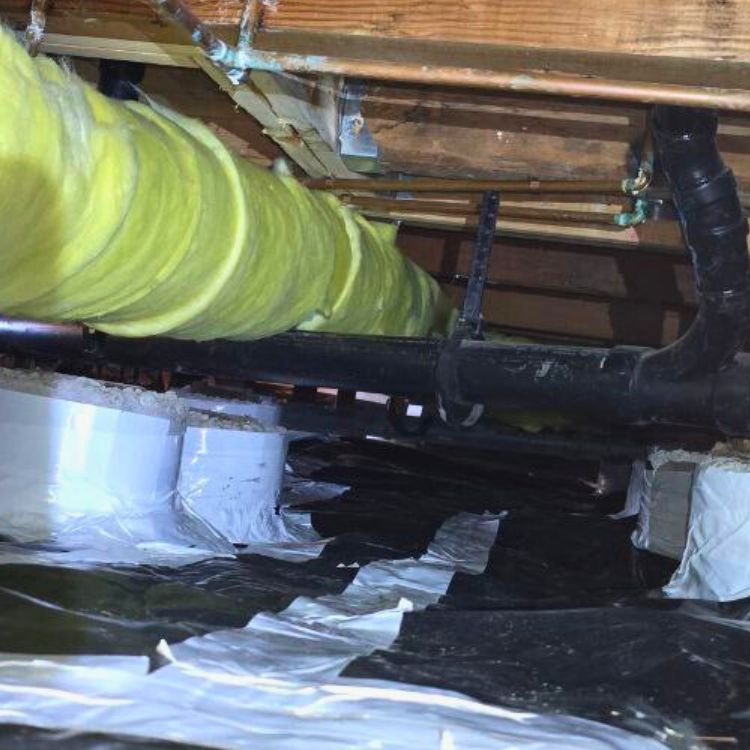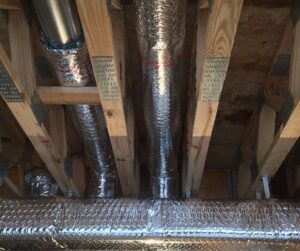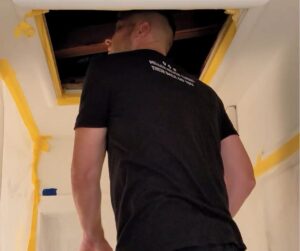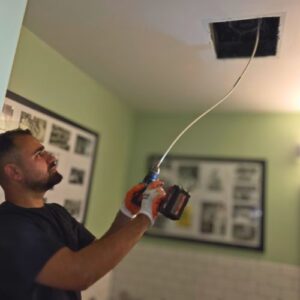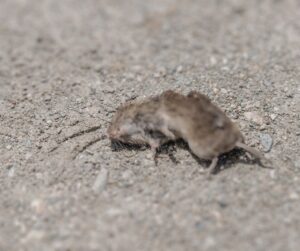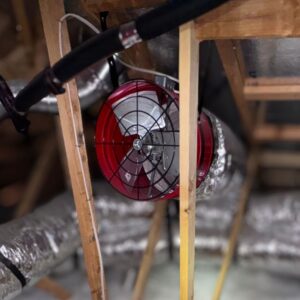As a professional in the home improvement field at Miller Attics, I’ve ventured into countless crawl spaces, and I can tell you that what you don’t see can absolutely hurt you. That dark, damp area beneath your home is the perfect breeding ground for mold. A musty odor wafting up into your living space is often the first sign of trouble, indicating a hidden problem that requires immediate attention. Ignoring it doesn’t just risk structural damage to your home; it can compromise the very air your family breathes.
This guide is designed to walk you through the essentials of dealing with this unwelcome guest. We’ll cover how to identify an infestation, what the professional crawl space mold removal process entails, and most importantly, how to prevent it from ever coming back. Understanding these key areas will empower you to protect your home’s value and your family’s health.
Identifying the Intruder: Telltale Signs of Mold in Crawl Space
The first step in any battle is identifying the enemy. Because crawl spaces are out of sight, an infestation can grow unchecked for months or even years. Performing a careful inspection (or hiring a professional for one) is critical. If you suspect you have mold in crawl space, there are several key indicators to look for.
The most obvious sign is, of course, seeing it. Mold can appear in various colors, including white, green, or the infamous black, often presenting as fuzzy, slimy, or patchy discoloration on wood joists, insulation, or the foundation walls. However, the most common first alert is your nose. A persistent musty, earthy smell inside your home that you can’t seem to locate is a classic sign that mold is thriving below.
Furthermore, pay attention to your health. Because of the “stack effect”—where air naturally flows upward from the crawl space into your living areas—mold spores are easily distributed throughout your home. An unexplained increase in allergy symptoms, asthma attacks, coughing, sinus congestion, or headaches could be linked to poor air quality originating from crawl space mold. If you notice these signs, it’s time to consider a professional crawl space mold removal service.
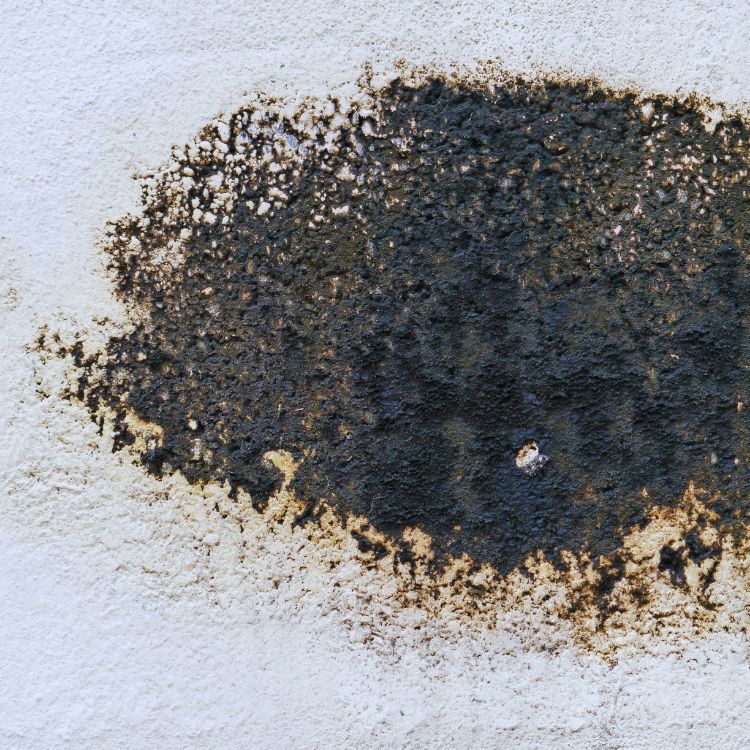
The Professional Process for Crawl Space Mold Removal
Once mold is confirmed, the next step is eradication. While a very small, contained area (less than 10 square feet) can sometimes be handled by a savvy homeowner with the right protective gear, a widespread problem requires professional intervention. A true crawl space mold removal is about more than just spraying a chemical; it’s a multi-step process designed to eliminate the mold and prevent its return.
Here’s what a professional process from a company like Miller Attics involves:
- Containment: The first thing we do is seal off the crawl space from the rest of your home using plastic sheeting and negative air pressure machines. This prevents cross-contamination and stops spores from spreading into your living areas during the cleanup.
- Removal of Contaminated Materials: Any porous materials that are heavily infested, such as insulation or rotted wood, must be carefully bagged and removed. Non-porous surfaces are the primary target for cleaning.
- Cleaning and Treatment: We use advanced techniques like soda blasting or dry-ice blasting to physically strip mold from surfaces without causing damage. After the physical removal, we treat the surfaces with an EPA-registered biocide to kill any remaining spores.
- Addressing the Moisture Source: This is the most crucial step. A crawl space mold removal is incomplete if the underlying moisture problem isn’t fixed. This could involve repairing plumbing leaks, improving exterior drainage, or installing a full moisture control system.
Budgeting for a Healthy Home: The Cost of Crawl Space Mold Remediation
The cost of professional crawl space mold remediation can vary significantly based on the size of the area, the severity of the infestation, and the accessibility of the space. On average, homeowners can expect to pay anywhere from $500 to $4,000. Minor cases in a small, easily accessible area might be on the lower end of that scale, while extensive infestations that require the removal of structural components can cost $6,000 or more.
The price typically includes labor, containment, removal and cleaning, and waste disposal. Remember that this cost is for the remediation itself. The price will increase if significant repairs are needed or if you opt for a long-term prevention system, such as encapsulation. While the price may seem daunting, viewing it as an investment in your property value and your family’s well-being is essential. Effective crawl space mold removal is not an expense; it’s a permanent solution to a dangerous problem.
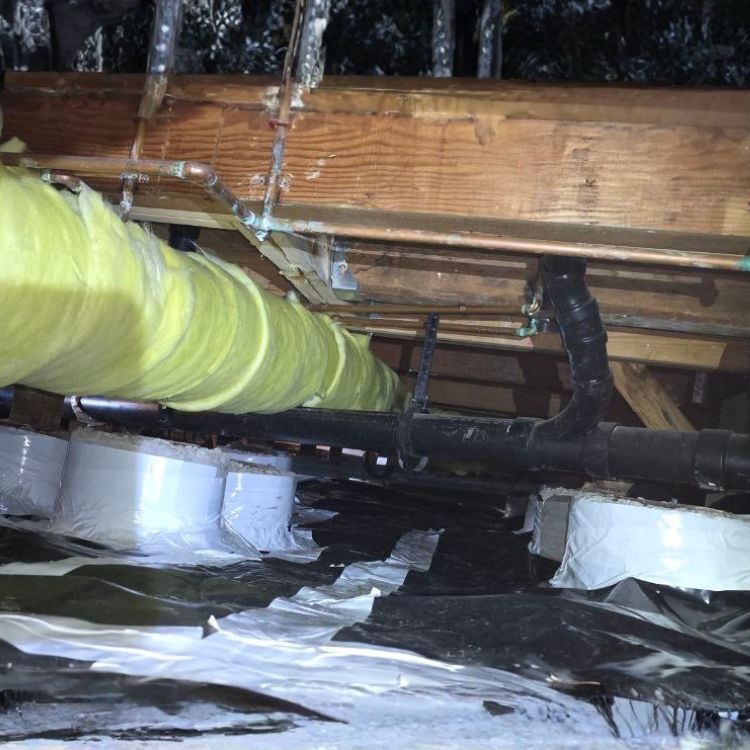
The Ultimate Solution: Prevention and Crawl Space Mold Inspection
The most effective way to deal with crawl space mold is to ensure it never gets a foothold in the first place. Prevention is all about one thing: controlling moisture. If you can keep your crawl space dry, mold cannot grow. At Miller Attics, we emphasize a proactive approach to keep your home safe.
Here are the most effective prevention strategies:
- Install a Vapor Barrier: The ground itself releases a tremendous amount of moisture. A thick, durable vapor barrier (at least 10-mil) should be installed to completely cover the soil on the crawl space floor, sealed at all seams and piers.
- Seal Vents and Openings: In humid climates, open crawl space vents do more harm than good by letting in warm, moist air that condenses on cooler surfaces. Sealing foundation vents and any other air leaks is a critical step.
- Install a Dehumidifier: A dedicated, commercial-grade crawl space dehumidifier will automatically maintain the relative humidity below 50%, a level at which mold cannot survive.
- Consider Full Encapsulation: This is the gold standard of mold prevention. Encapsulation combines a heavy-duty vapor barrier on the floor and walls with sealed vents and a dehumidifier to completely isolate the crawl space from moisture.
- Schedule a Regular Crawl Space Mold Inspection: Having a professional inspect your crawl space annually can catch small issues before they become major problems. An expert can check humidity levels, look for early signs of water intrusion, and ensure your prevention systems are working correctly.
By understanding the signs, the professional process, and the critical importance of prevention, you can effectively protect your home from the dangers of crawl space mold. If you suspect you have an issue, contact a professional immediately for a thorough inspection and a plan for effective crawl space mold removal.
